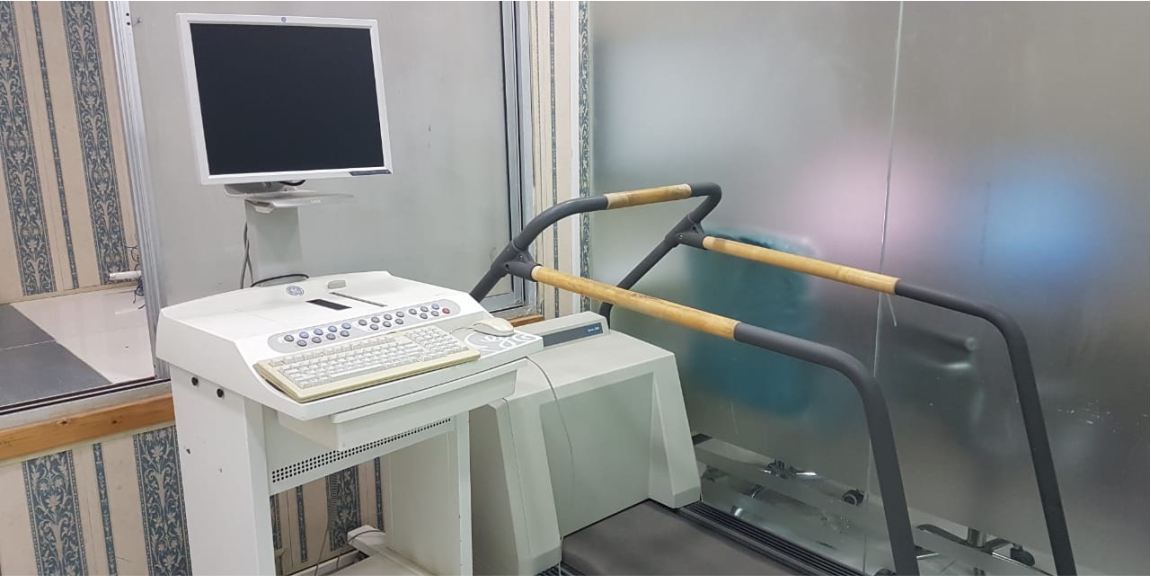
ETT
Exercise Tolerance Test (ETT) Overview
An Exercise Tolerance Test (ETT), through the use of exercise treadmill/bike testing, can be useful for identifying early signs of coronary artery disease. Although a resting Electrocardiogram (ECG) can detect and demonstrate a number of abnormalities, the presence of a normal resting ECG does not rule out the possibility of significant coronary artery disease. Therefore an Exercise Tolerance Test (ETT) can provide the cardiologist with more accurate and useful information.
What happens during an Exercise Tolerance Test (ETT)
The stress test is conducted in a closely supervised situation. You will be attached to the ECG recording monitor just as you were for the resting ECG. You will then sit on a bike or stand on a treadmill, which will begin to move very slowly. Progressively, as you become accustomed to the pace, the workload will be increased. All the time, the technicians will be monitoring your heart rate, blood pressure and looking carefully at the ECG for any changes. You will be asked to report any chest pain/tightness during the test.
What happens after a Exercise Tolerance Test (ETT)
You will be allowed to recover whilst we monitor the ECG and when your heart rate and blood pressure have returned to normal, the test is completed. The cardiologist will review and analyse your exercise test and if the characteristic features of changing within the ECG are present, this is a strong indication of cCoronary artery disease. The effect of exercise on the blood pressure is also useful to monitor and can guide therapy.
There is a very small risk from the procedure and so we have full resuscitation facilities available.
For an appointment
Appointment and Queries | Locations
Phone # 051- 8354601 – 02
